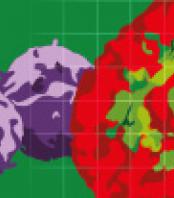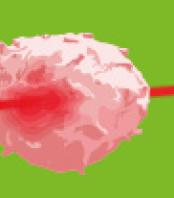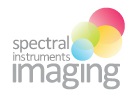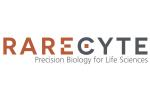Solutions for cell assays, cell culture and microbiology.

Automated microscopy and Spatial Proteomics
Real-time, label free cell analysis
Nano and micro particle analysis

Accelerate to discover
Related topics
EV's and Nanoparticles in "Full Spectrum View" with the new Cytek ESP module

Jul 19, 2024
Cytek’s Enhanced Small Particle (ESP) Detection Option expands the capability of your Cytek Aurora or Cytek Northern...
Automatic, Real Time Acquisition of Bioluminescent Kinetic Curves

Jun 27, 2024
Watch this pre-recorded webinar with Dr. Andrew Van Praagh to learn how our new Aura software feature —Kinetics—...
Theranostics: From Mice to Men and Back

Jun 25, 2024
Recorded webinar
Presenters: Prof. Dr. Ken Herrmann and Prof. Dr. Katharina Lückerath – Moderator: Hannah Notebaert
Orion 2024 AACR poster: 17-plex single-step stain and imaging of cell Lung Carcinoma

Jun 21, 2024
RareCyte Orion is a benchtop, high resolution, whole slide multimodal imaging instrument. A combination of quantitative...
New release now available: Cytek Amnis AI v3.0 Software

Jun 17, 2024
The new Cytek Amnis AI v3.0 image analysis software features an integrated transfer learning algorithm, an option to...
Cytek webinar: Imaging Flow Cytometry for Chromosomal Assessment in Hematological Malignancies

Jun 7, 2024
In this webinar, we will describe a new innovative approach we developed that resolves these limitations. The method...
X-RAD 320 for irradiation therapy during quantifying study for in vivo collagen reorganization

Jun 5, 2024
Quantifying in vivo collagen reorganization during immunotherapy in murine melanoma with second harmonic generation...
Use of MRI and microCT to evaluate gene therapy for the treatment of discogenic back pain

Jun 4, 2024
MRI images were obtained using the 9.4T Bruker BioSpec system, equipped with 40 mm 1H quadrature volume resonator, and...

Dec 14, 2016
CASY quantifies cells and particles passing a measuring pore exposed to a low voltage electrical field. Based on a cells size and conductivity, a resistance signal is generated and recorded. Living cells generate high resistance signals due to their intact membrane structure. Dying or dead cells cause much lower resistance due to their increased membrane permeability: they are measured chart. Furthermore, cell viability is determined by automatically quantitatively comparing viable cells with dead cells, the latter being represented by the size of their nuclei in the measurement chart. In a simple, fast and dye-free measurement, the huge dynamic measuring range provides you with all aspects of the current status of your cell culture: Monitor cell debris, distinguish viable cells from dead cells, and readily observe cell clusters /aggregates – all at a single glance. With a detection range of 0.7 – 120 μm, CASY measures all types of mammalian cells and stem cells, as well as bacteria, yeast, algae, parasites, pollen, sperm and more. Any particle in the size range might be measurable – and a lot of various samples have been readily measured.
Related technologies: Cell counting
Get more info
Brand profile
Solutions for cell assays, cell culture and microbiology.
More info at:
www.ols-bio.de/en/